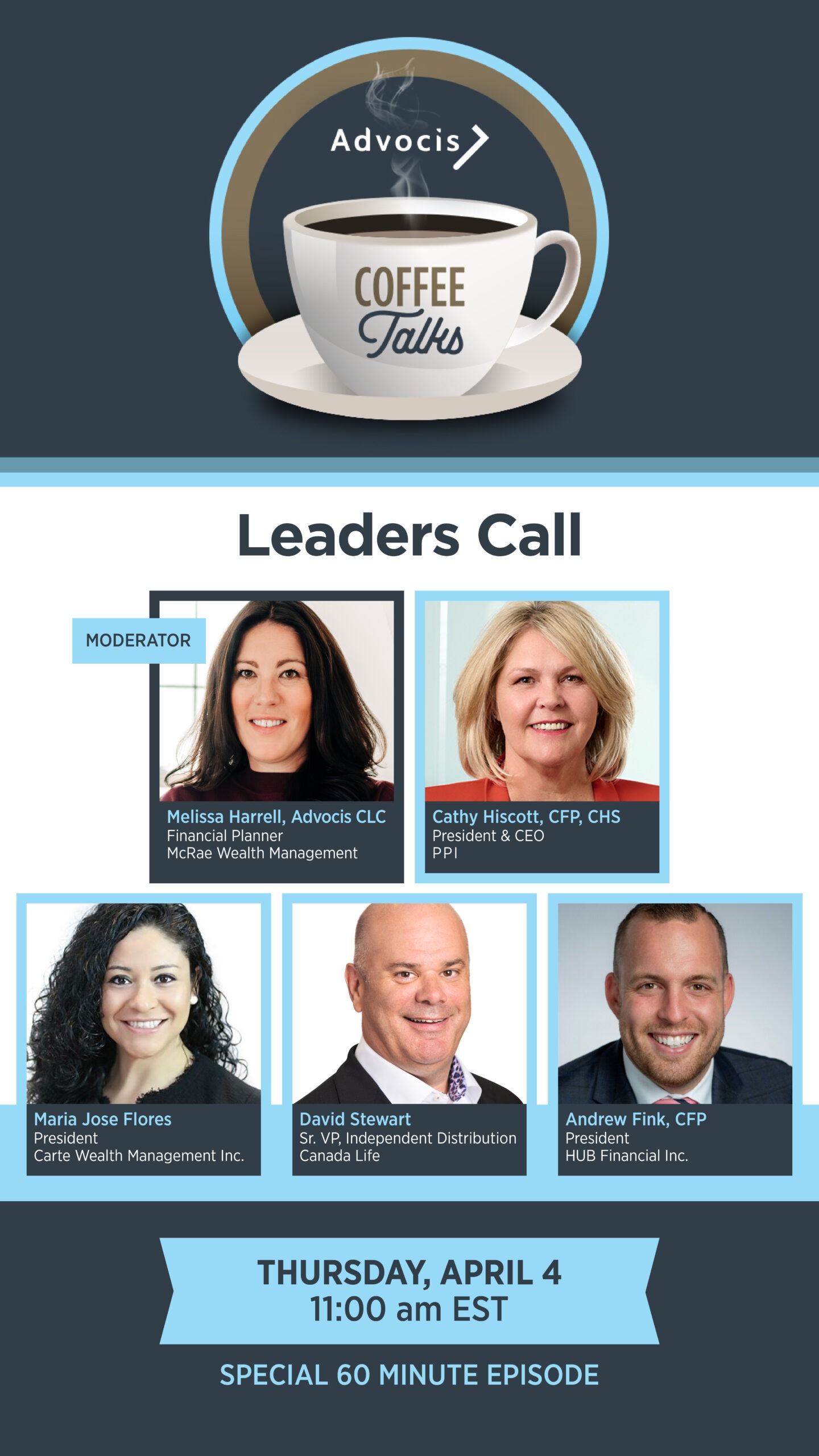(From the March 2023 Edition of eFORUM)
By Jamie Golombek and Debbie Pearl-Weinberg
The tax-free First Home Savings Account (“FHSA”) gives prospective first-time home buyers the ability to save up to $40,000 on a tax-free basis towards the purchase of a first home in Canada. Like a Registered Retirement Savings Plan (RRSP), contributions to an FHSA are tax deductible and withdrawals to purchase a first home – including withdrawals of any investment income or growth earned in the account – are non-taxable, just like Tax-Free Savings Accounts (TFSAs).
To understand some of the opportunities for clients to use an FHSA and how much it can assist in providing a down-payment for the purchase of a home, let’s review three potential FHSA strategies.
Gifting funds to family members
Even if your client is a homeowner, they may also have children or grandchildren thinking of buying a home in the future. If those children and grandchildren are over the age of 18 and a Canadian resident, your client might consider gifting them the funds to contribute to an FHSA. Your client could gift $8,000 to each (grand)child, annually, for up to five years. Also, if their children are married or living common-law, they could also consider gifting another $8,000 annually to their (grand)child’s spouse or partner to make their own FHSA contribution.
If the (grand)children are in zero or very low tax brackets, keep in mind that they can hang on to those FHSA contributions for deductions in a later year.
Immediate purchase
Our second scenario involves a client (or their child or grandchild) that may already be planning to buy a home later in 2023, or in 2024. Once the FHSA is launched, funds can be deposited to the account and then immediately withdrawn, tax-free, for the purchase of a qualifying home. This differs from the rules governing the Home Buyers’ Plan (the “HBP”). To claim a deduction for funds withdrawn under the HBP, they must have been in the RRSP for a minimum of 90 days. There is no such requirement for a deduction to be claimed for FHSA contributions.
Using both the FHSA and the HBP
The final version of the FHSA legislation explicitly allows for clients to use both the FHSA and the HBP to assist with the purchase of the same home. This could add up to substantial down payment dollars, as we’ll demonstrate below.
As a quick reminder, the HBP is a program that permits eligible individuals to withdraw up to $35,000 from their RRSP to purchase their first home without paying taxes. The withdrawn amount must be repaid over a period of 15 years. If repayments are not made as required, the outstanding amount will be included in income.
Let’s examine how much someone could potentially save using the FHSA in conjunction with a TFSA and the HBP. If $8,000 is contributed to an FHSA annually over five years, assuming a 5% annual rate of return, the $40,000 in total contributions would be worth just over $59,000 after 10 years.
Assuming that the FHSA contributor was taxed at a 25% marginal tax rate, these contributions would result in a $2,000 tax reduction ($8,000 X 25%) annually over the five years of contributions. If that $2,000 was used each year to fund a contribution to a TFSA, it would result in $10,000 of TFSA contributions over the five years. At the end of 10 years from the date of the original contribution, using that same 5% rate of return, those $10,000 in contributions could grow to almost $15,000. Combining FHSA and TFSA, this amounts to a total of over $74,000 to use towards the home purchase. If the funds were left to grow for the maximum of 15 years, the total available using the 5% rate of return would be approximately $94,500.
If the individual made contributions to both the FHSA and TFSA as described above, and also had sufficient funds in an RRSP to make the maximum $35,000 withdrawal under the HBP, at the end of 15 years, a total of $129,500 would be available tax-free for a home purchase. If the contributor was married or living common-law, by doubling this strategy, the total potential payment would be nearly $260,000.
Jamie Golombek, CPA, CA, CFP, CLU, TEP, is managing director, tax and estate planning with CIBC Private Wealth Management in Toronto. He can be reached at jamie.golombek@cibc.com. Debbie Pearl-Weinberg, LLB, is executive director, tax and estate planning with CIBC Private Wealth Management in Toronto. She can be reached at debbie.pearl-weinberg@cibc.com.








